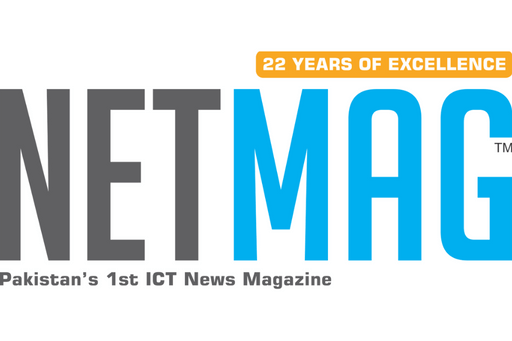World Bank Flags Digital Crisis in Pakistan: High Costs, Low Speeds
Pakistan’s digital connectivity is facing major roadblocks, with the country ranking among the lowest in South Asia for broadband speed and affordability, according to the World Bank’s Pakistan Development Update: Reimagining a Digital Pakistan. The report highlights both infrastructural limitations and economic barriers, placing Pakistan far behind its regional peers in achieving universal and affordable internet access.
High Costs, Low Speeds
-
Fixed broadband speeds in Pakistan average 16 Mbps, ranking third lowest in South Asia.
-
Mobile broadband fares slightly better at 20 Mbps, but still underperforms regionally.
-
Entry-level fixed broadband packages consume 11.1% of monthly GNI per capita, significantly above the ITU’s 2% affordability threshold.
-
Even mobile broadband, at 1.8% of GNI, is out of reach for the poorest and rural populations.
READ MORE: Fashion Designer Nomi Ansari Faces Rs. 1.25B Sales Tax Fraud Case
Infrastructure & Coverage Gaps
-
Pakistan is one of only three countries in South Asia with no commercial 5G coverage, hindered by low fibre deployment, sparse tower density, and limited business incentives for operators.
-
At the current pace, Pakistan would need 30 years to match broadband penetration levels seen in high-income countries.
-
The country trails by around 5.1 million FTTH (Fiber-to-the-Home) connections compared to peers like India and Bangladesh.
-
Only 33% of the population used the internet in 2022, while 140 million people live within mobile broadband range but do not use internet services.
-
17% of the population is outside any mobile broadband coverage.
Barriers on Both Sides
Supply-side barriers
-
Slow deployment of fiber-optic infrastructure
-
Lack of cell tower density
-
Unviable business models for service providers
Demand-side barriers
-
Low digital literacy, especially in rural areas
-
Restrictive social norms
-
Affordability constraints for low-income groups
Policy Recommendations
To overcome these challenges, the World Bank recommends urgent reforms and investments:
Regulatory and Legal Measures
-
Accelerate 4G/5G spectrum licensing
-
Enhance cross-border fibre connectivity
Public Investment
-
Create public-private partnerships for FTTH rollout
-
Establish a Digital Infrastructure Fund supported by government and international donors
Making Internet Affordable
-
Introduce subsidies and tiered pricing models for low-income users
-
Use universal service funds to lower broadband costs and expand access
Promoting Digital Inclusion
-
Launch digital literacy campaigns, focusing on women and underserved regions
-
Integrate digital skills training into school and vocational curricula
Strengthening Digital Ecosystem
-
Develop a robust e-identity system
-
Expand digital payment infrastructure
-
Improve intergovernmental coordination for policy alignment
Conclusion
The World Bank’s report sends a strong message: Without decisive action, Pakistan risks falling further behind in the digital race, worsening socio-economic inequalities and stalling development. The report calls for comprehensive, inclusive, and timely interventions to build a connected future that leaves no one behind.



